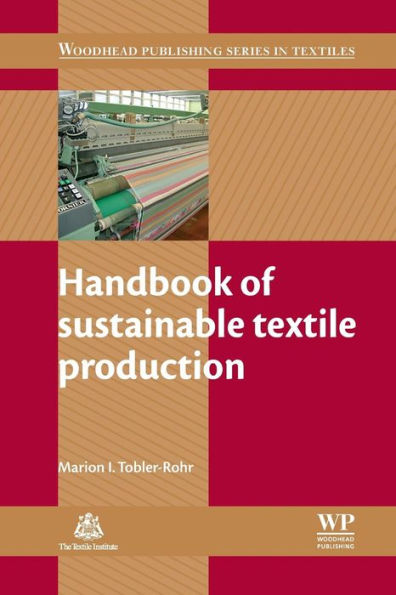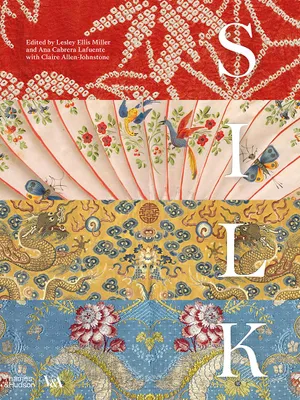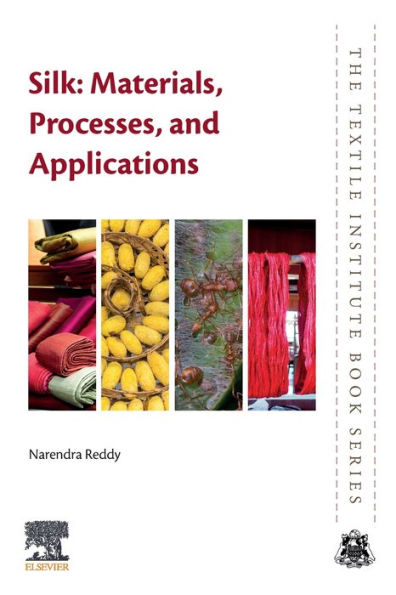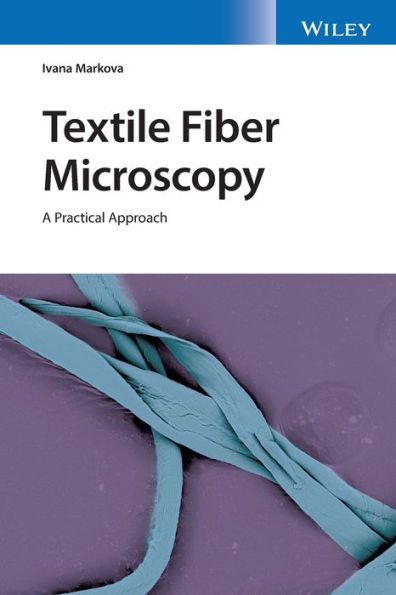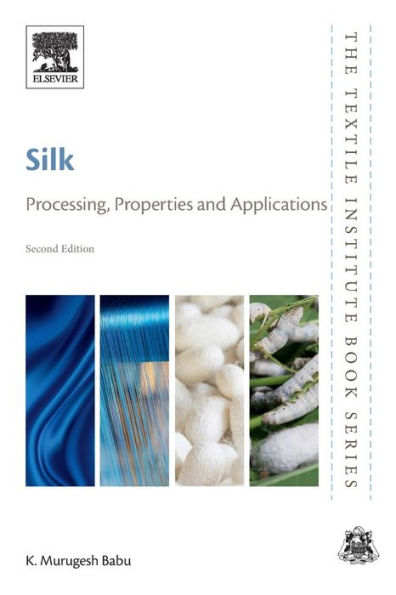Home
Textile Fibers, Dyes, Finishes and Processes: A Concise Guide
Barnes and Noble
Textile Fibers, Dyes, Finishes and Processes: A Concise Guide
Current price: $72.95
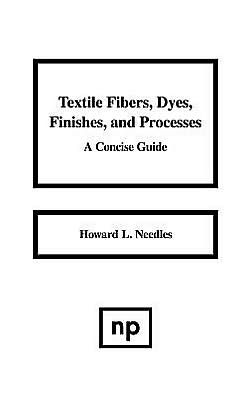

Barnes and Noble
Textile Fibers, Dyes, Finishes and Processes: A Concise Guide
Current price: $72.95
Size: OS
Loading Inventory...
*Product information may vary - to confirm product availability, pricing, shipping and return information please contact Barnes and Noble
The word "textile" was originally used to define a woven fabric and the processes involved in weaving. Over the years the term has taken on broad connotations, including the following: (1) staple filaments and fibers for use in yarns or preparation of woven, knitted, tufted or non-woven fabrics, (2) yarns made from natural or man-made fibers, (3) fabrics and other products made from fibers or from yarns, and (4) apparel or other articles fabricated from the above which retain the flexibility and drape of the original fabrics. This broad definition will generally cover all of the products produced by the textile industry intended for intermediate structures or final products.
Textile fabrics are planar structures produced by interlacing or entangling yarns or fibers in some manner. In turn, textile yarns are continuous strands made up of textile fibers, the basic physical structures or elements which make up textile products. Each individual fiber is made up of millions of individual long molecular chains or discrete chemical structure. The arrangement and orientation of these molecules within the individual fiber, as well as the gross cross section and shape of the fiber (morphology), will affect fiber properties, but by far the molecular structure of the long molecular chains which make up the fiber will determine its basic physical and chemical nature. Usually, the polymeric molecular chains found in fibers have a definite chemical sequence which repeats itself along the length of the molecule. The total number of units which repeat themselves in a chain (n) varies from a few units to several hundred and is referred toas the degree of polymerization (DP) for molecules within that fiber. . . .
